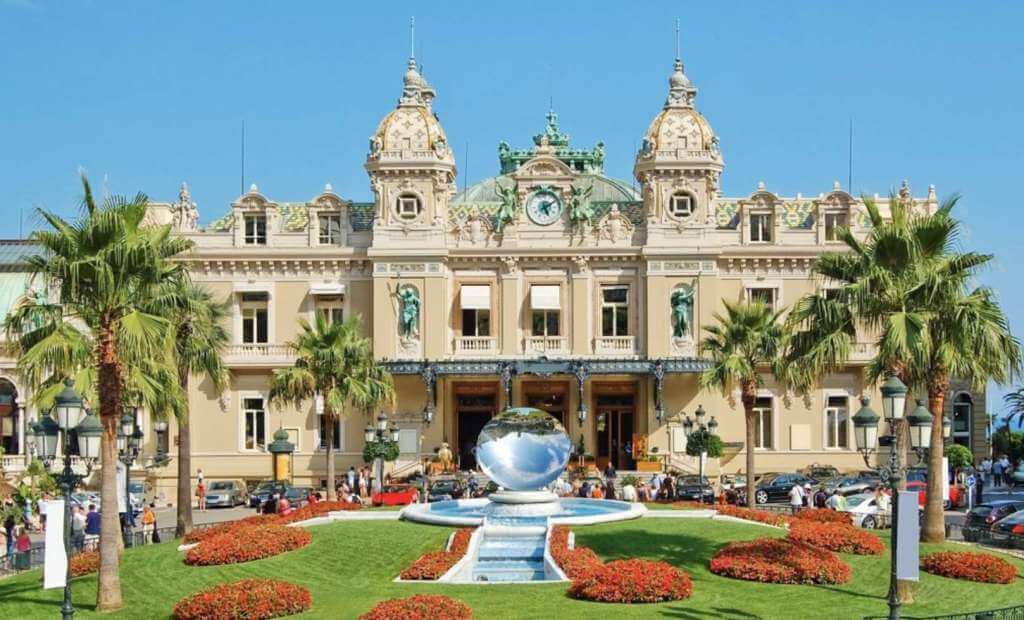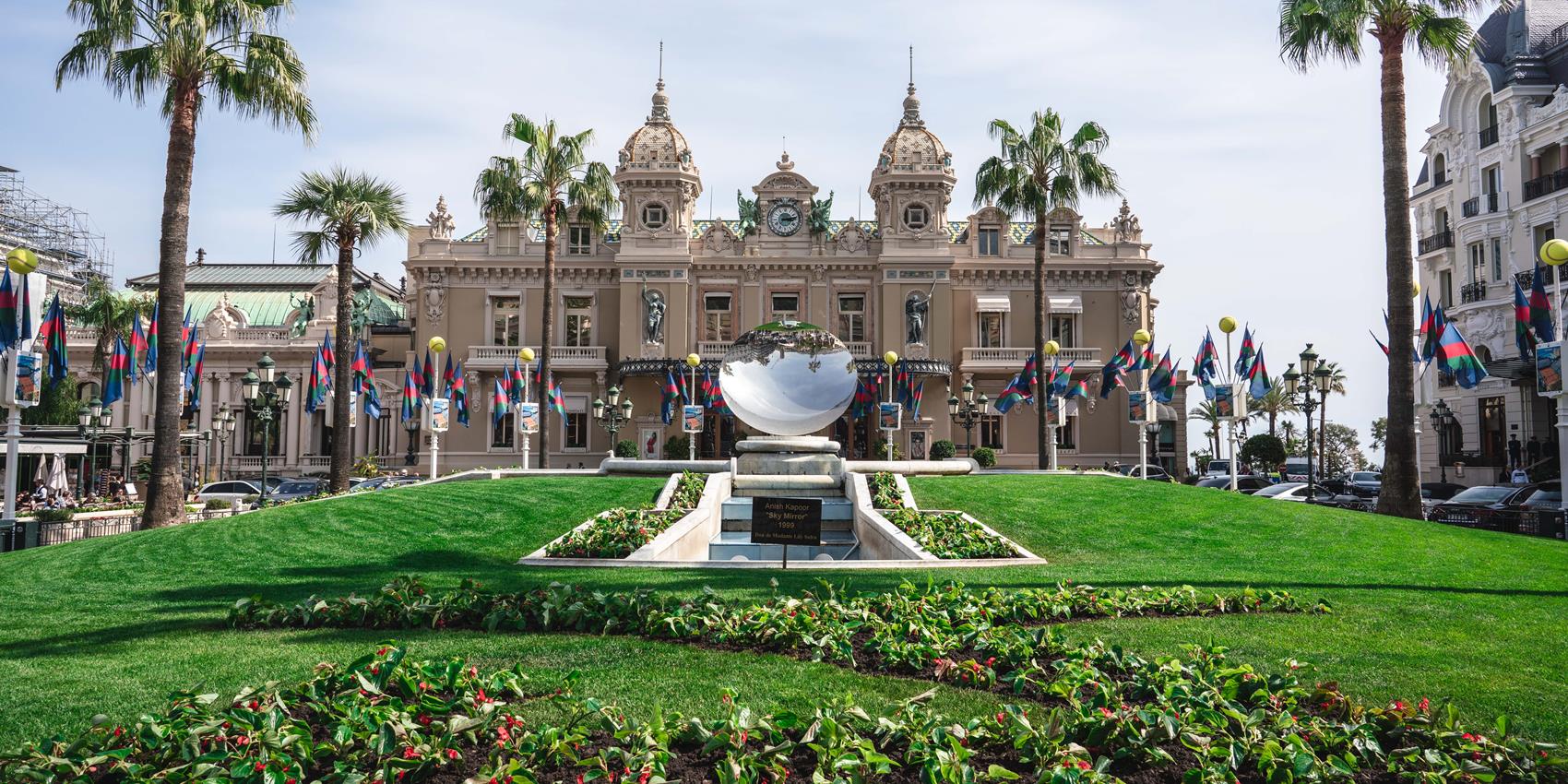Monte Carlo is synonymous with gambling around the world, but the citizens of Monaco cannot take advantage of their famous casino.
Casino slots are the most diverse gaming category, and you'll find that there are different types of free online slots available on the market. The most common ones are: Classic slots– These free slot. Here is a list of common and popular free casino games: Free Slots Free Video Poker Free Blackjack Free Roulette Craps. Care to practice your casino game the safe (for your money) way? You don't need to put down a dime to play these Las Vegas or Atlantic City favorites. Sure, that means you won't win any real money but there's no safer way to practice and learn the rules of the game. Casino games free for ipad. Free casino slot games are fun to play whenever you have a few minutes to spare. There's a huge number of themes, so whether you want to find play free online slots that feature cats or even Thor, god of.




In 1848, the towns of Menton and Roquebrune declared their independence from the Principality of Monaco, then governed by Prince Florestan, a member of the Grimaldi family that still controls Monaco. Princess Caroline, Florestan's business-minded wife, convinced her husband to replace the lost tax revenue by constructing a casino along the lines of the Bad Hamburg Casino in Germany and engaged their son Charles to raise the necessary funds. When Florestan died in 1856, Prince Charles III took over the project. In 1858, work began on a casino in an area of Monaco called 'Les Spelugues' (the Caves). When the building and a nearby hotel were completed in 1863, Princess Caroline convinced François Blanc, who operated the Bad Hamburg Casino, to manage the facility. To increase its appeal, Blanc renamed the area 'Monte Carlo' (Mount Charles) in honor of Prince Charles, and then set about building roads and rail lines so that people could more easily travel to Monaco. Blanc's efforts were so successful in creating an international destination that he became known as the 'Magician of Monte Carlo.' In 1878, with Caroline still pushing her ideas through Charles, the casino was rebuilt according to the Beaux-Arts design of French architect Charles Garnier, who designed the Paris opera house known as Palais Garnier. Monte Carlo's new casino building also included a 524-seat opera house, now known as Salle Garnier, which has hosted 45 world premieres since its opening.

In 1848, the towns of Menton and Roquebrune declared their independence from the Principality of Monaco, then governed by Prince Florestan, a member of the Grimaldi family that still controls Monaco. Princess Caroline, Florestan's business-minded wife, convinced her husband to replace the lost tax revenue by constructing a casino along the lines of the Bad Hamburg Casino in Germany and engaged their son Charles to raise the necessary funds. When Florestan died in 1856, Prince Charles III took over the project. In 1858, work began on a casino in an area of Monaco called 'Les Spelugues' (the Caves). When the building and a nearby hotel were completed in 1863, Princess Caroline convinced François Blanc, who operated the Bad Hamburg Casino, to manage the facility. To increase its appeal, Blanc renamed the area 'Monte Carlo' (Mount Charles) in honor of Prince Charles, and then set about building roads and rail lines so that people could more easily travel to Monaco. Blanc's efforts were so successful in creating an international destination that he became known as the 'Magician of Monte Carlo.' In 1878, with Caroline still pushing her ideas through Charles, the casino was rebuilt according to the Beaux-Arts design of French architect Charles Garnier, who designed the Paris opera house known as Palais Garnier. Monte Carlo's new casino building also included a 524-seat opera house, now known as Salle Garnier, which has hosted 45 world premieres since its opening.
Today, the opulent Monte Carlo Casino is the world's best-known place for gambling, attracting high rollers from all around the world. Citizens of Monaco are not allowed to enter the gaming rooms because of a decree engineered by Princess Caroline, who thought that gambling is immoral.
Monte Carlo Gambling
CASINO is a computer program system for performing quantum Monte Carlo (QMC) electronic structure calculations that has been developed by a group of reseachers initially working in the Theory of Condensed Matter group in the Cambridge University physics department, and their collaborators, over more than 20 years. It is the home of the quantum Monte Carlo computer program system ‘CASINO'. Vip slots casino no deposit bonus. Here you can find all relevant information about this code, you can download it, and you can learn how to use it (click ‘CASINO').
Casino De Monte Carlo
The CASINO acronym has been derived from the words 'monte CArlo SImulation of electroN trajectory in sOlids'. This program is a Monte Carlo simulation of electron trajectory in solid specially designed for low beam interaction in a bulk and thin foil. This complex single scattering Monte Carlo program is specifically designed for low energy beam interaction and can be used to generate many of the recorded signals (X-rays and backscattered electrons) in a scanning electron microscope. This program can also be efficiently used for all of the accelerated voltage found on a field emission scanning electron microscope(0.1 to 30 KeV).
What can CASINO do?
This program is designed to simulate a large amount of electron trajectories in a solid of your choice. The main idea is to simulate enough electron trajectories to represent the condition used to image structures in a scanning electron microscope (SEM). Thus it is possible to predict theoretically the signals observed in the SEM. This Monte Carlo program use different models to simulate the interaction of electrons with a solid. For now, the versions 2 of CASINO produce the following signals: backscattered coefficient and X-ray. It also handles those geometry : muti-layers samples and grain boundary.
Why version 2?
Version 1 of CASINO was starting to show some age with it's DOS based interface. A new Windows™ based interface has made CASINO much easier to use.
Who wrote CASINO?
Version 1:
The Monte Carlo program CASINO has been programmed by the research team of Raynald Gauvin (Ph.D., Full professor at Université de Sherbrooke, Québec, Canada). The program has been initially programed by Pierre Hovongton, Ph.D. and Dominique Drouin, Ph.D. in 1996 and it has been updated by Paula Horny, M.Sc.A. student and by Hendrix Demers, undergraduate student in 1999. All this work have been performed under the suppervision of Professor Raynald Gauvin.
Version 2:
The new Windows™ based interface and reprogramming of CASINO was programed by Alexandre Réal Couture, undergraduate student, in 2000, under the suppervision of Professor Dominique Drouin.

